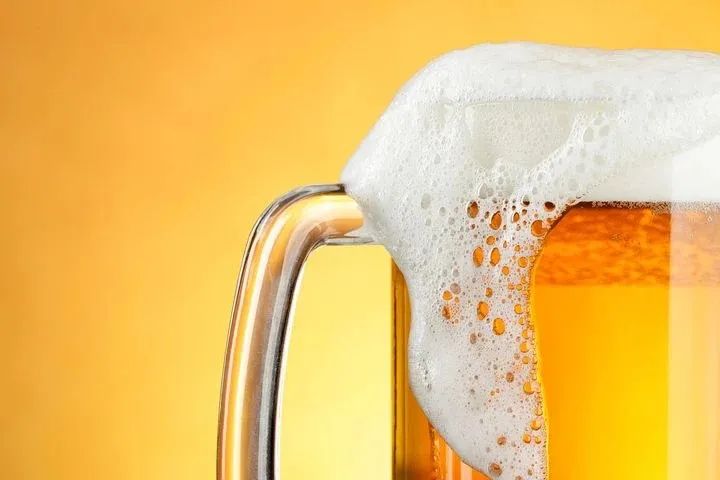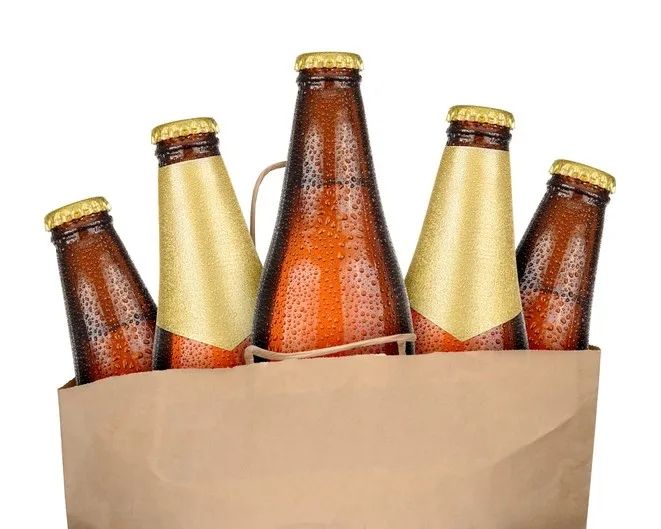After years of growth in the craft beer industry, it is entering a more mature stage. The industry is feeling pressure from consumers, distributors and retailers. Looking forward to the future, there will be a large number of beer players who think they are beverage companies, not beer.
New things other than beer
Due to consumer demand, many beer plants have begun to produce products other than beer.
If a traditional beer producer has been struggling in the market, they may try to re -revive their sense of presence by creating new products other than beer.
But this new change and the innovation generated by this can bring them success in all circumstances. The successful transformation from beer to beer products require efficient production, reasonable pricing, reliable supply chain and strong dealer relationship.
The brand logo to resonate with the lifestyle of consumers can create a stronger connection and promote more sales.
Crowded market
There are more alcoholic beverages than ever, but the shelf space of the store remains unchanged. Beer brands must not only compete to become the most attractive beer on the shelves, but also compete with other alcoholic alternatives such as cocktails and hard soda water.
Retail is the key, but before entering the shelves, the manufacturer must cooperate with two major business partners: distributors and retail buyers. In the past 15 years, a large number of mergers and acquisitions between distributors have led to the larger brand lineup represented by each distributor. Conversely adding pressure to the manufacturer.
In order to succeed, the beer plant must surpass other brands of the distributor. In addition, they need to be authorized and occupy a place among key customers.
Turn to low alcohol and alcohol free
Another interesting trend in the field of alcoholic beverages is to turn to low alcohol and alcohol products. Low alcoholic and alcohol -free beer and liquor markets are developing rapidly.
Consumers need to meet the choices of various needs. Some people want to drink and experience without the negative impact of hangover. Other people are because of their desire for alcohol -free products.
In addition, people think that low alcoholic drinks and alcohol -free drinks are healthier than traditional drinks. But this “healthy halo” does not seem as. For example, low calories and calorie -free foods are not lower than traditional food. Even so, this concept still exists, and continues to promote people’s interest in low alcohol and alcohol -free drinks.
Success is not easy
To win in today’s market, the beer plant must balance the pressure from all parties. It should be loyal to its own brand, while maintaining sufficient flexibility to cater to consumer needs. The brand also needs to turn quickly, and has an internal employee that can effectively manage distributors and large customers.
As the future of beer changes, the beer brand should adapt to the identity as a beverage company, not just beer manufacturers. The most important thing is that the brand needs to establish a strong emotional connection with consumers.
Post time: Nov-14-2022



